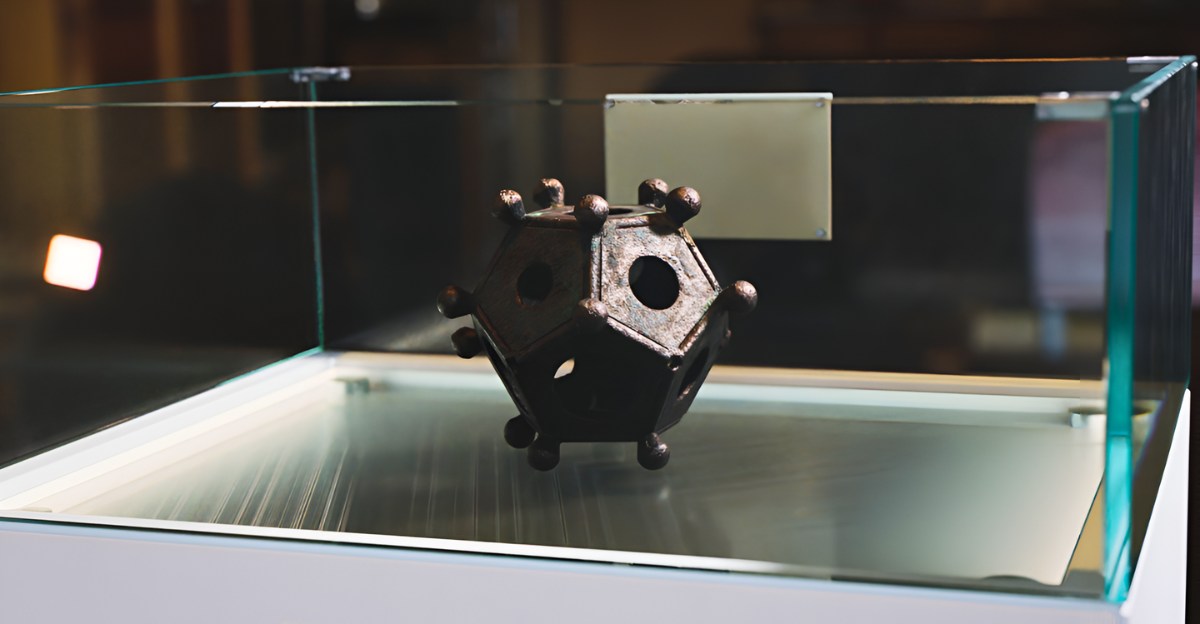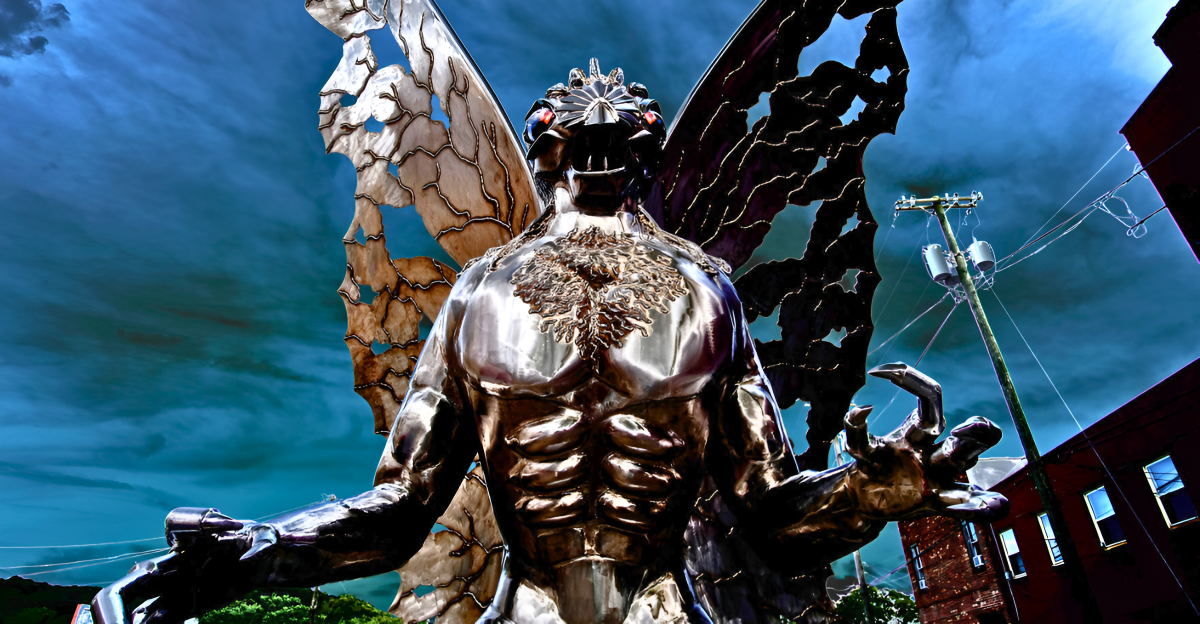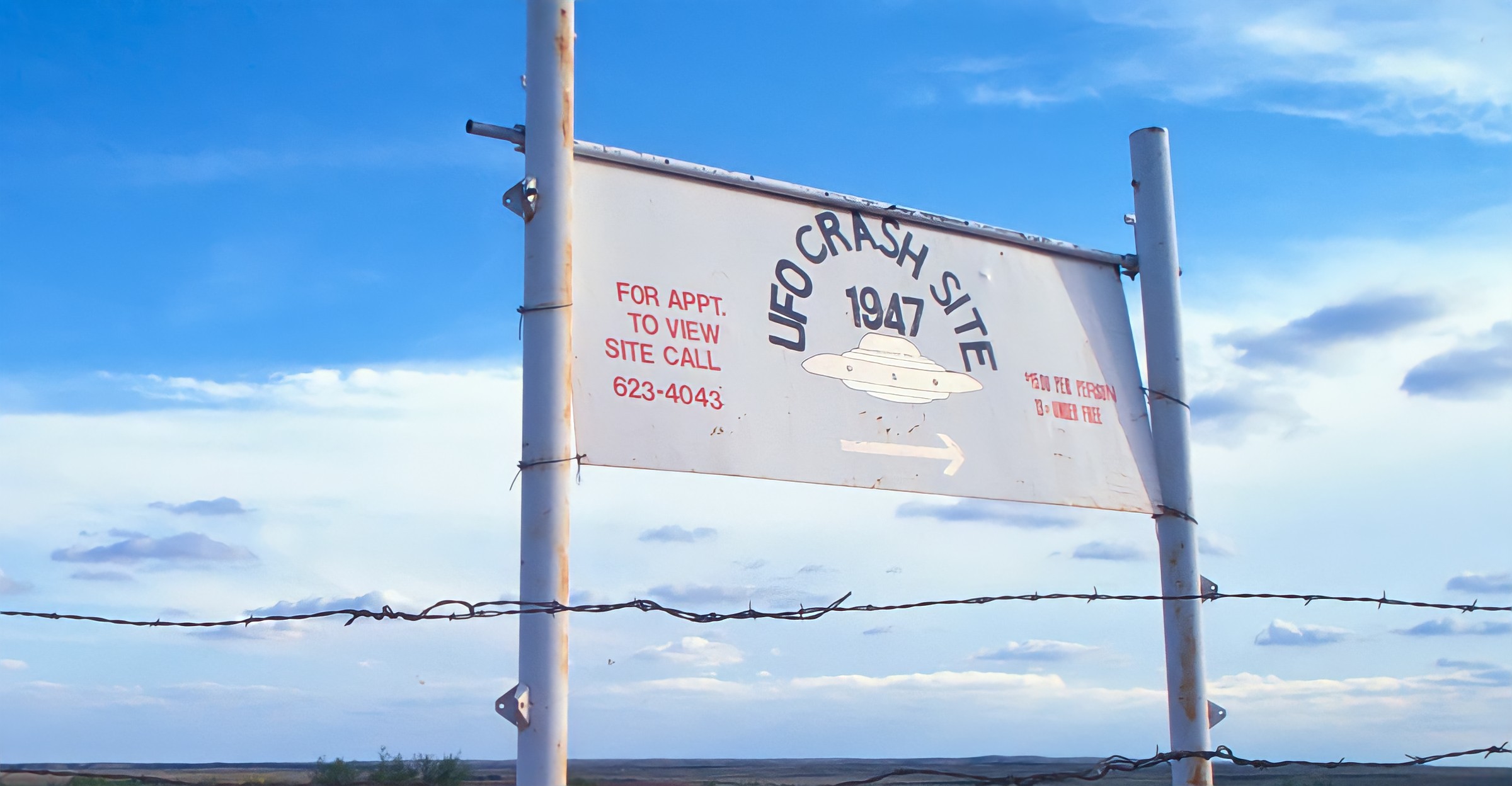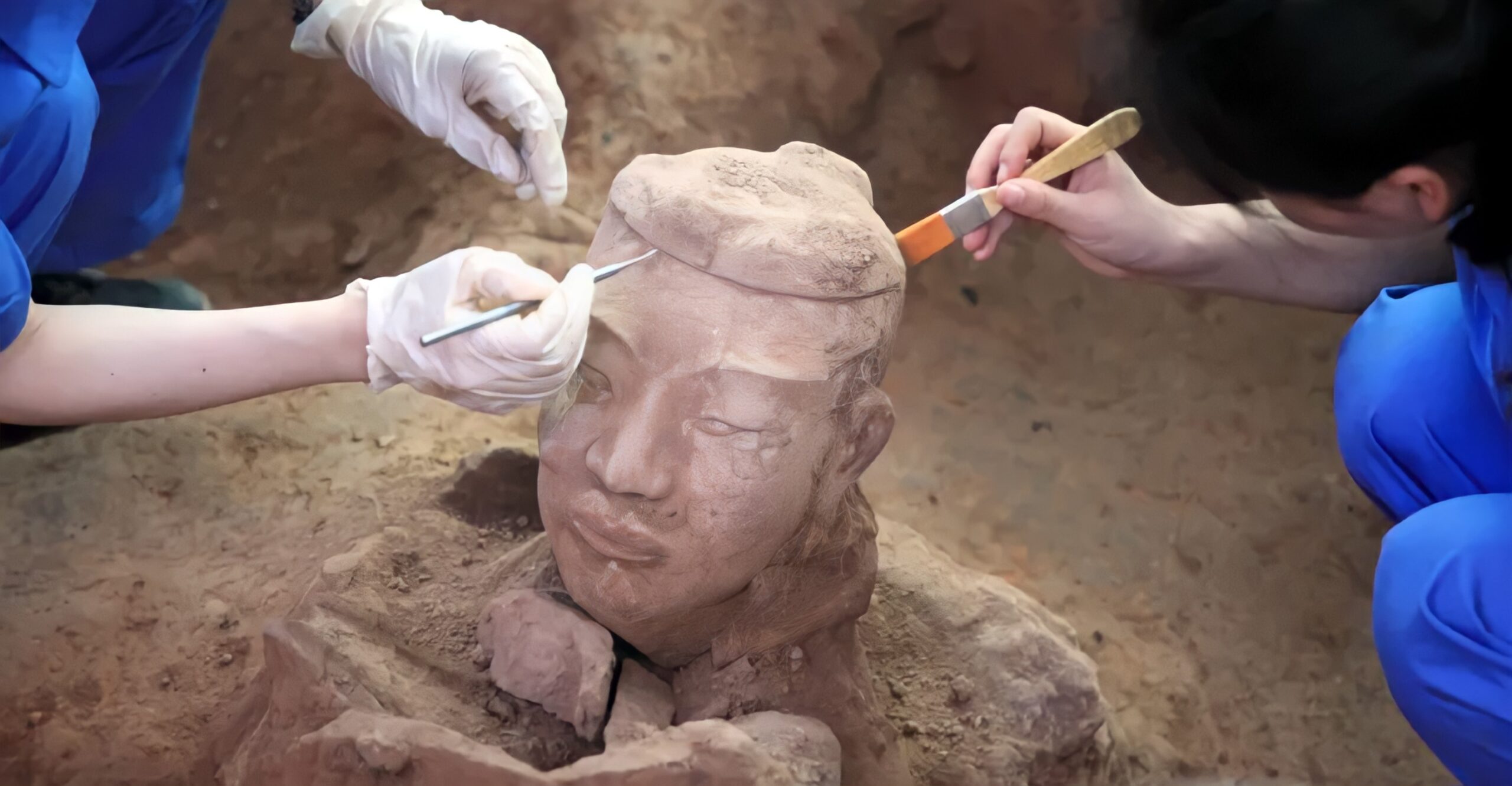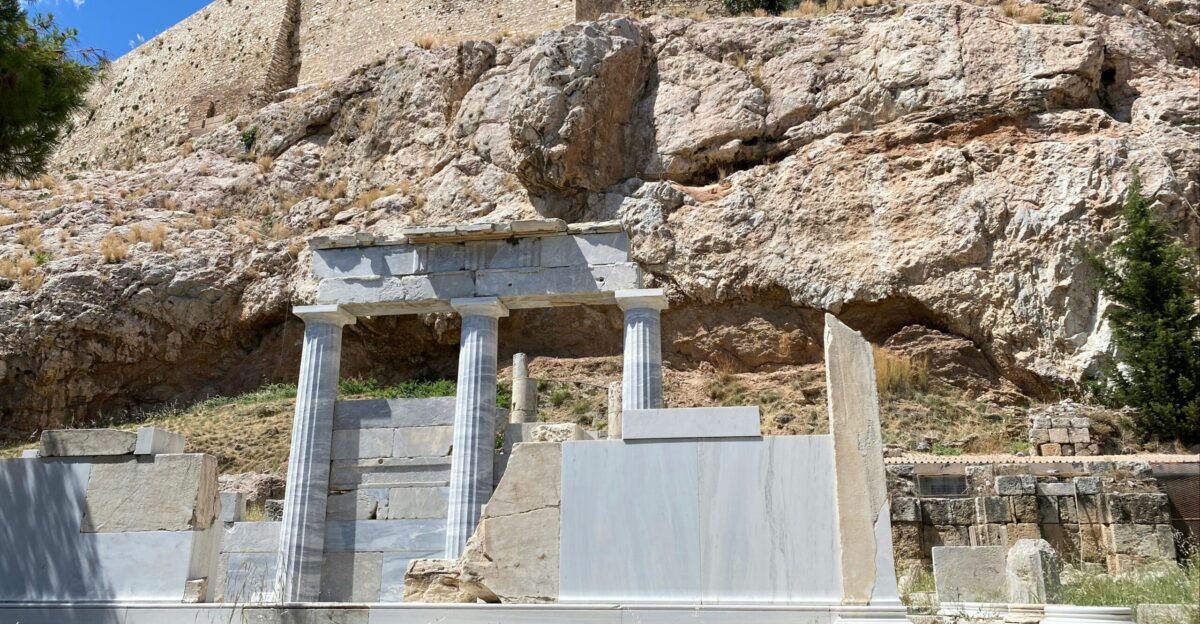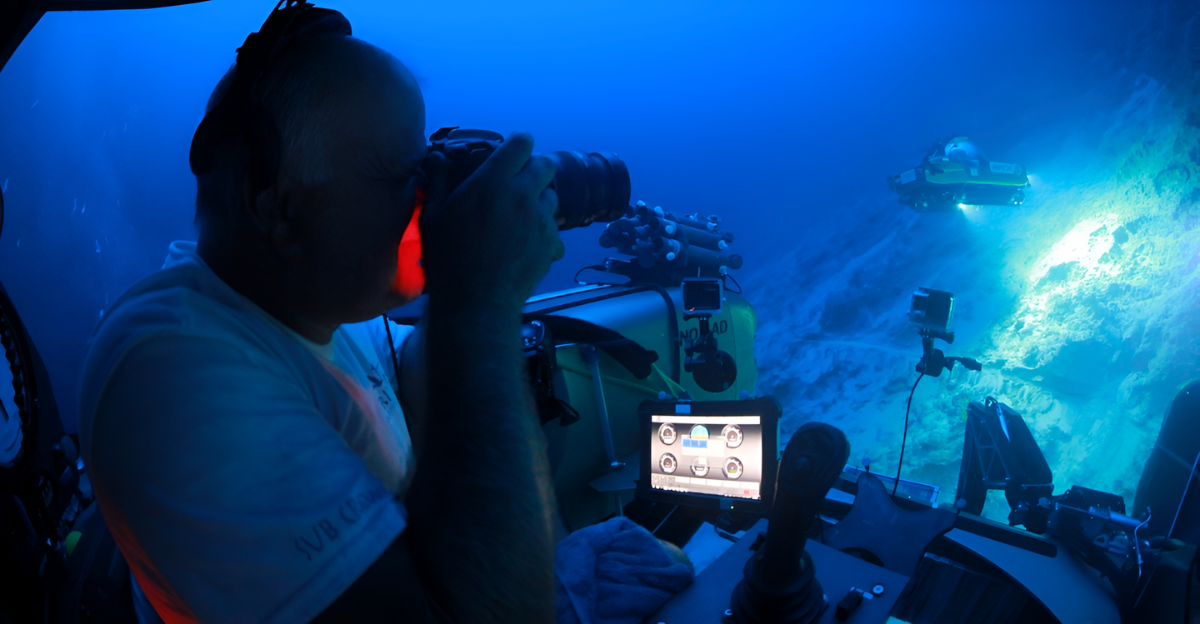
China has long been hailed as a wonderous and mysterious land for people in the West. However, more recent archaeological discoveries in country are giving us a more distinct glimpse into what ancient life was like in China during the past. A recent discovery in the Henan Province, in central China has revealed a lot of otherwise unknown clues about what life was like for the ancient Dawenkou culture, one of the many pre-dynasty era societies that existed in the country. Let’s take a look!
The Discovery

The discovery was made in the city of Yoncheng in what is known as the Wangzhuang ruins. It gives researchers fascinating clues about an ancient kingdom that is thought to have inhabited the area, known as the Dawenkou, who existed from 4300 BC to roughly 2500 BC, according to UW. They were one of many ancient kingdoms that inhabited ancient China, and the discovery has helped to shed a lot more light on how their ancient civilization functioned and how they treated death within their culture.
An Ancient Tomb

Researchers managed to uncover what they now believe is an ancient tomb. Due to the fact that every day people in the culture didn’t generally receive tombs on this scale, they believe that the tomb belongs to someone of significant importance within the ancient civilizations social sphere. According to China Daily, the tomb measures 4.8 meters in length and roughly 3.47 meters in width – making it quite a signifcantly sized discovery. But the tomb revealed a lot more about the ancient culture.
A Treasure Trove

The tomb and the grave found within it weren’t the only things that researchers from the Henan Provincial Institute of Cultural Heritage and Archaeology and Capital Normal University found at the site. Inside the tomb, the archaeologists managed to find over 350 different artifacts relating to what they now believe to be the ancient burial process. These included more than 100 pieces of pottery, jaw bones, bone tools, and even evidence of pig jaws.
Missing Pieces

While the tomb has since been hailed as a veritable treasure trove for archaeological discoveries, the dig also showed indications that something had happened to the tomb in the past. The skeleton contained in the tomb was largely damaged and missing quite a lot of pieces. While scientists aren’t sure about why the tomb would have been desecrated, they still believe that the evidence found at the site is incredibly valuable and gives us a new insight into how the ancient Dawenkou functioned as a society.
Archaeological Hotspot

To date, the Wangzhuang ruins have uncovered a number of different archaeological finds. So far, the site has been host to 45 different tombs, and only 27 of these have been excavated so far. Scientists are hoping that as they dig into more of the tombs, they’ll find ones that are in better condition or hold more uncovered secrets about the fascinating ancient culture. According to the researchers, each tomb holds a rich selection of different finds, giving them a really in-depth look into how the ancient Dawenkou buried their dead.
Ancient Planning

The site has also given archaeologists a good insight into the kind of planning that the ancient Dawenkou used to map out and construct their cities. The site indicates that these people weren’t a scattered array of tribes or particularly unadvanced for their time. Massive defensive trenches indicate that the Dawenkou were skilled warriors. Their residential lives must have been quite organized and efficient for the time, based on the more complex layouts of the area, and of course, they built massive tombs to help honor the dead, indicating that they took prestige, honor, and death very seriously.
Strong Rituals

Based on the evidence found in the tomb, it’s become evident that the ancient Dawenkou were strong believers in the power of rituals. According to researchers, the indication of pig jaws found in the tomb suggests that pigs were seen to be highly valuable in the ancient culture. Many saw the pig as a symbol of wealth, so having more pigs, and being buried with them, meant that you were either wealthy or someone of importance.
Interconnectedness

Sample analysis from bones found at the Wangzhuang site indicates that there was also a lot of cultural mixing between neighboring civilizations at the time. This hint shows that the ancient cultures of China were quite interconnected and would likely engage in intercultural activities like trade and sometimes even cultural exchanges in terms of ceremony or ritual practice. Cultures weren’t closed off from one another, but instead tended to rely on one another for a number of different aspects of their society.
Possibly a Capital

Many hints and clues found at the Wangzhuang site indicate that the area may well have been a cultural centre or even the capital of the ancient kingdom. The rich amount of ancient artifacts and the highly detailed, often intricate types of artifacts found at the site indicate that a lot of cultural relevance can be found there. Researchers suggest that it could have been where the throne of the kingdom was held and marked a significant location in the kingdom’s region.
Changing Perceptions

For a long time, many researchers believed that ancient Chinese civilization only really started to evolve from around the 2000 BC mark. However, the more recent discoveries in the region about these ancient civilizations give us proof that the ancient Chinese were already quite evolved at this point. They already had kings, or significant cultural leaders, societal hierarchies (different class structures within their societies), and even things like residential planning, defensive capabilities, and well-endowed rituals and spiritual practices.
Still More to Uncover

While the recent discoveries have helped paint a much clearer picture of what ancient life was like in China and how life evolved there, scientists are still optimistic that they will discover a lot more in the Wangzhuang region. There are still tombs to be excavated and possibly the discovery of even more artifacts and settings within the area. This makes the process a lot more intriguing, as scientists know that they are sitting on an archaeological gold mine! If you liked this article, be sure to check out our site for more!

